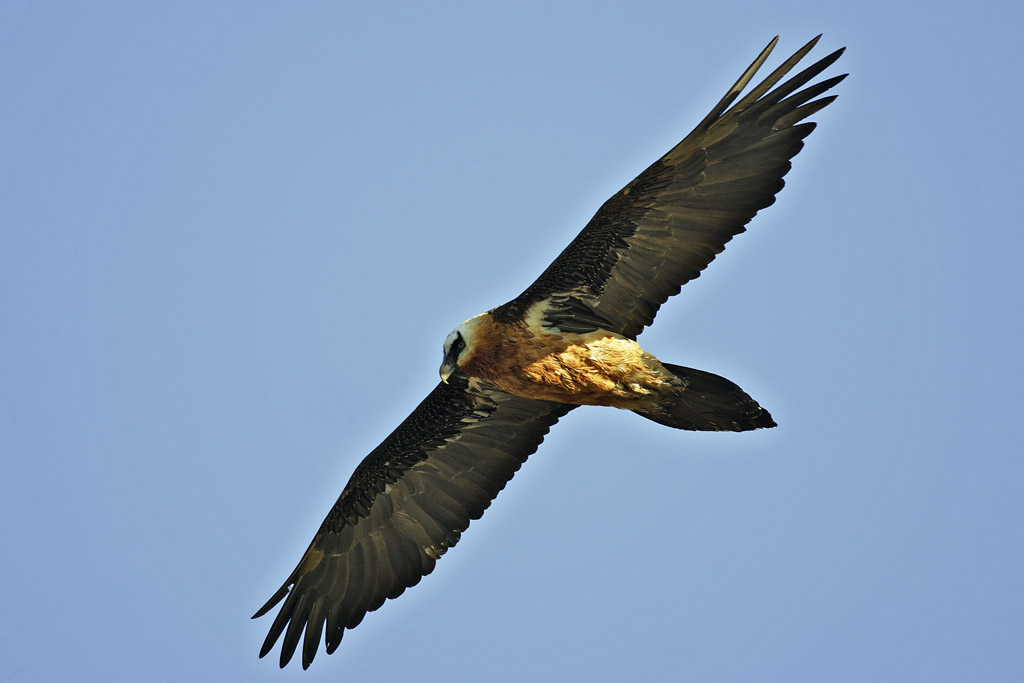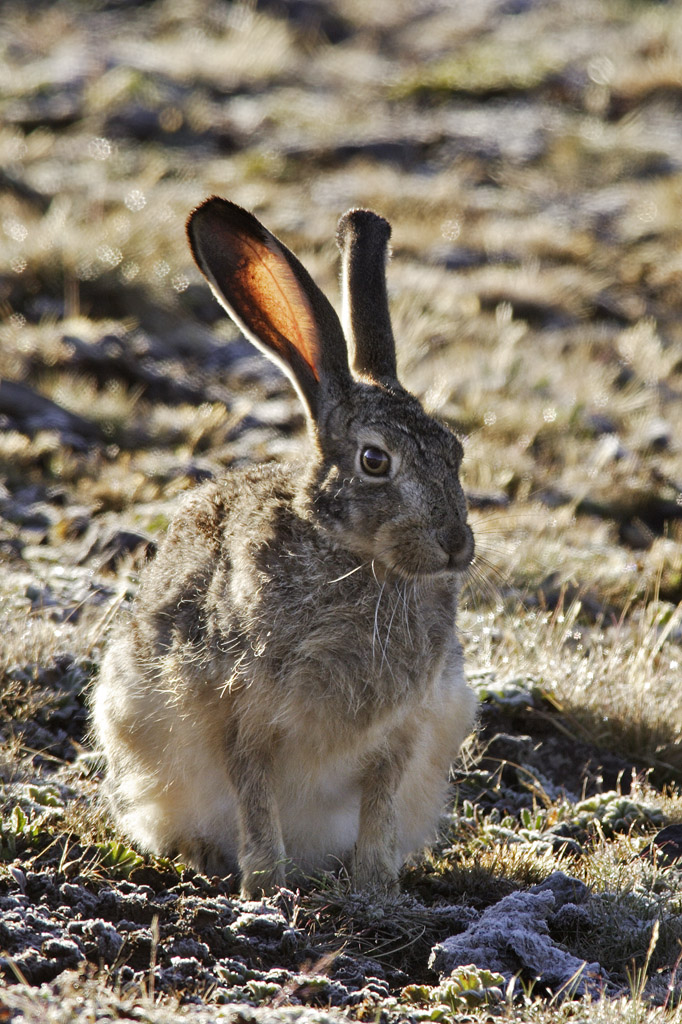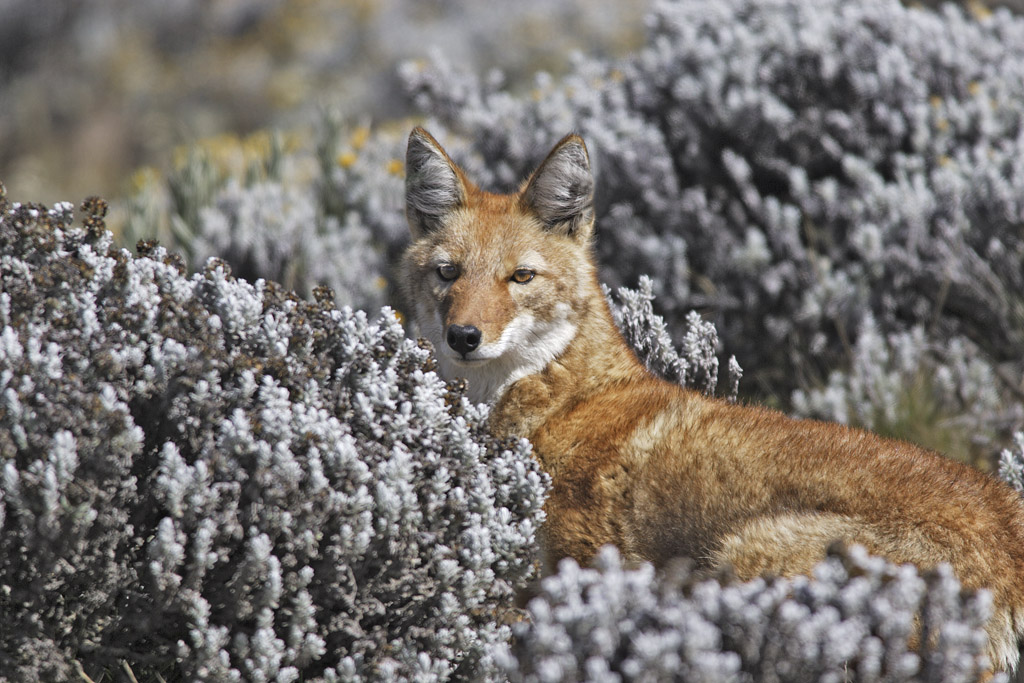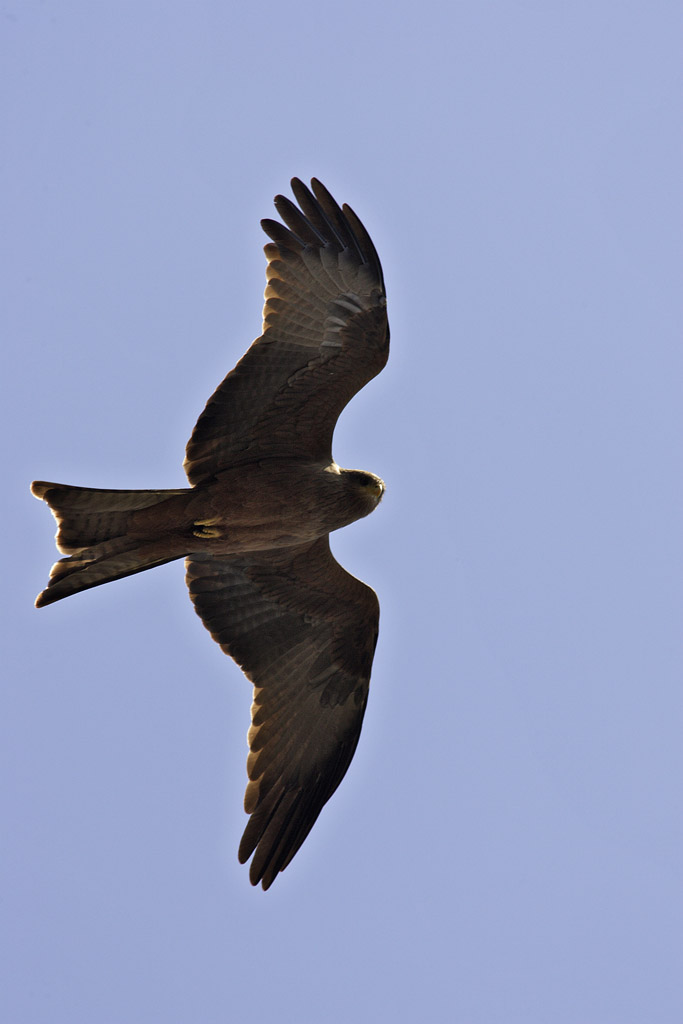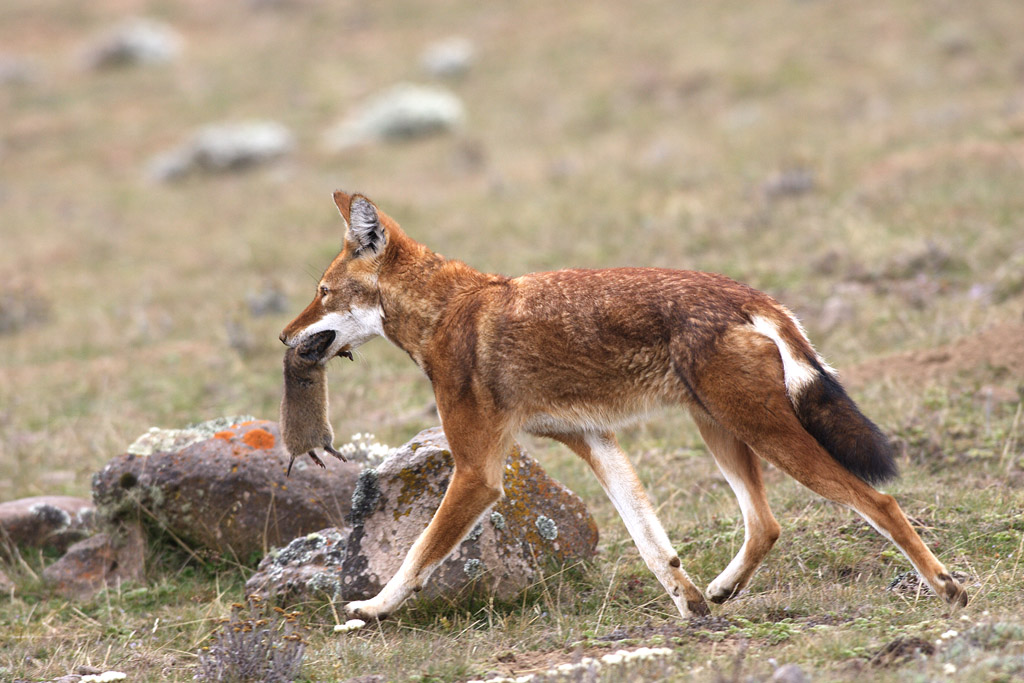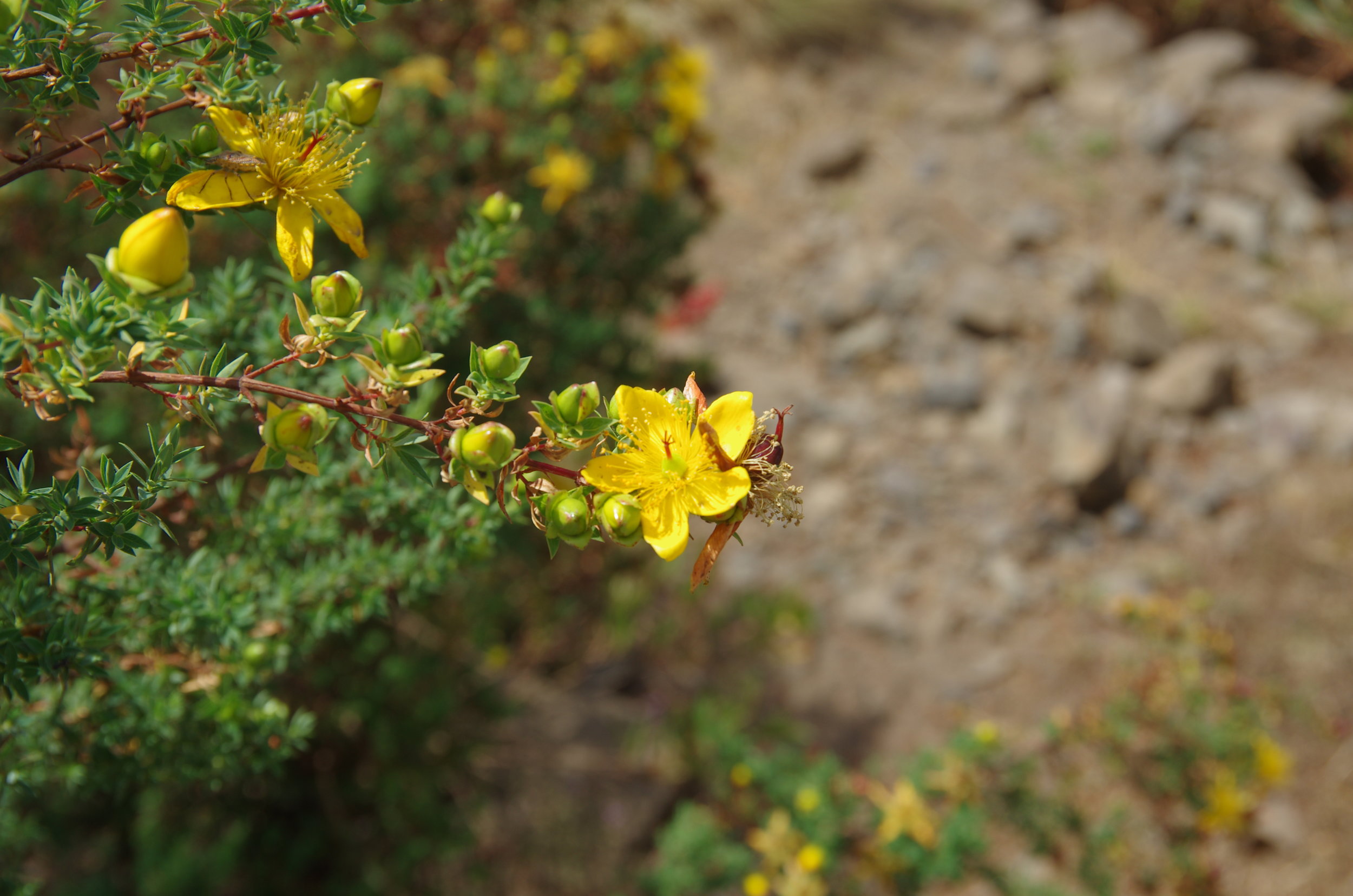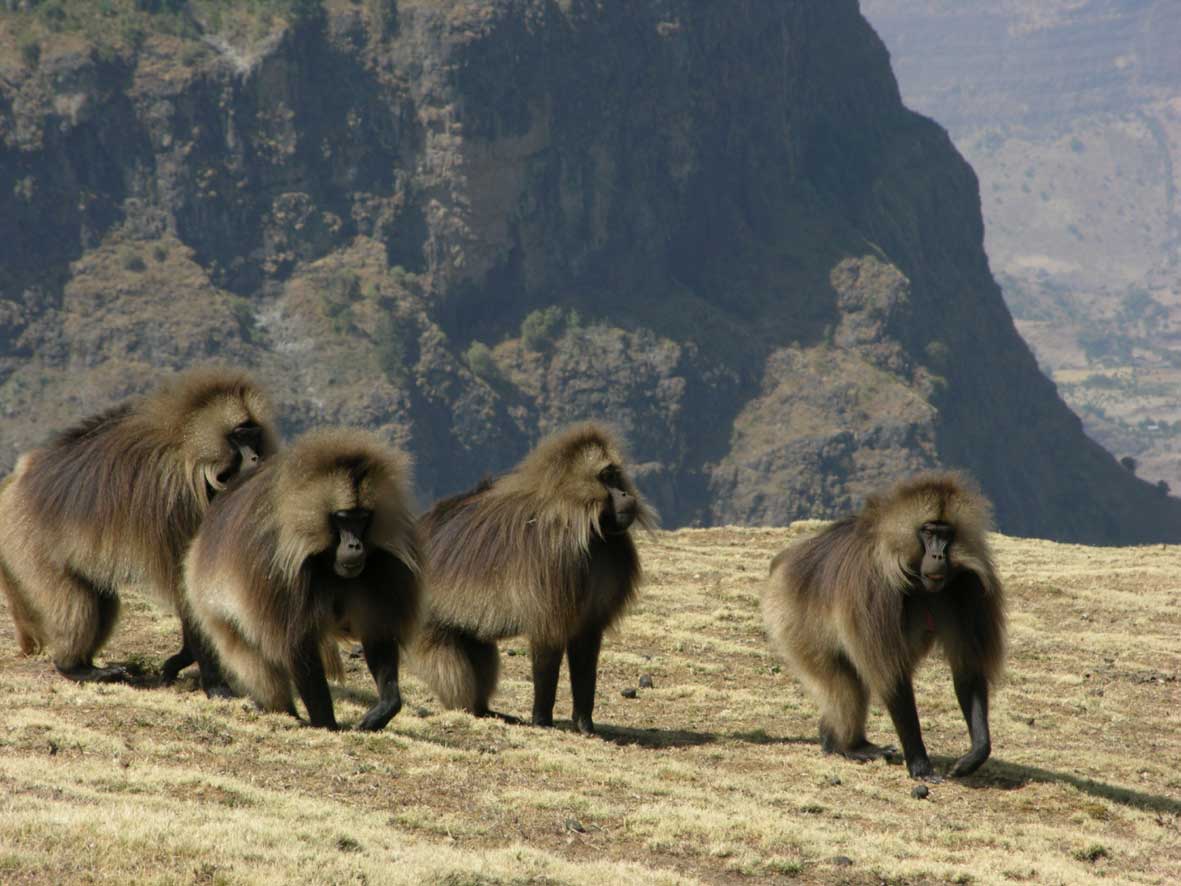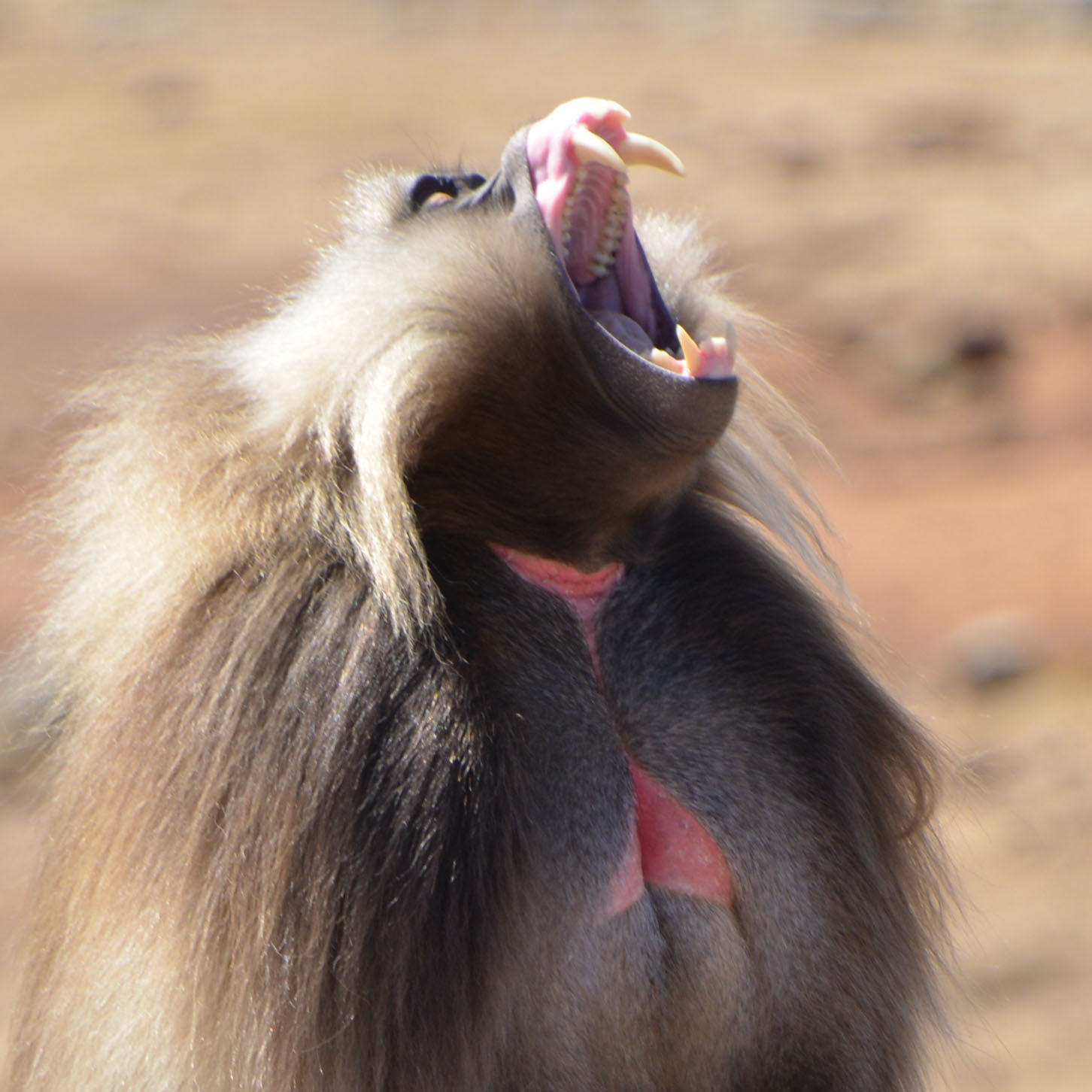Bale Mountains National Park
The Bale Mountains National Park may not be as close to the capital or as convenient Awash National Park, but it is perhaps even more attractive for travellers looking to observe Ethiopia’s unique endemic wildlife and birds.
Bale Mountains National Park has Ethiopia’s largest concentration of large mammals, and due to the uniqueness of the climate and varied, remote habitats, it is home to many species not found anywhere else in the world.
The park is a rewarding destination year-round for the adventurous traveller. The dry season from October to March can be cold at the higher elevations, but has visibility is ideal for hiking. But after the rain between August and September, comes an amazing array of wildflowers.
Climate and Geography
The remote Bale Mountains National Park is home to a wide variety of terrain features, with four main regions: the grassy bushland, the plains to the north, the central high plateau, and the Harenna Forest to the south. There are also waterfalls, streams, lakes, and lava flows to visit.
There can also be dense fog for days at a time that can create a mysterious air that makes some of the alpine forests seem particularly fantastic. The Sanetti Plateau has an average 4000 m elevation, with the second highest peak in Ethiopia, Tullu Deemtu, towering at 4377 meters.
Wildlife
As home to Ethiopia’s largest concentrations of large mammals, Bale Mountain National Park is renowned for unique sightings of fauna found nowhere else. Various amphibians and birds are also endemic to the park.
Rare Ethiopian Wolves, found only on the Sanetti Plateau, are often seen hunting giant molerats. In the Harenna Forest, sightings of leopards and lions are rare. Sightings of colobuses, Bale monkeys, and giant forest hogs are much more common. In the grasslands not far from the lodge at Dinsho, travellers will encounter bushbucks, reedbucks, duikers, hyenas, and warthogs.
Bird watching in the Bale Mountain National Park is an extremely popular tourist draw, as the park is in the top 5 of all African bird watching locations. The Bale Mountains are the best location in Ethiopia to spot the wattled crane, moorland and chestnut-naped francolins.
But with approximately 300 species of birds to observe, it’s the unique species that really draw birdwatchers to the area. These unique species include the yellow-fronted parrot, the abyssinian longclaw, the blue-winged goose, the black-headed siskin, the spot-breasted plover, and abyssinian catbird.
Ready to plan your trip?
REGION:
Bale Mountains, Oromia
BEST TIMES TO VISIT:
October - December
WHY TRAVELLERS LOVE IT:
Diverse wildlife and a unique ecology, with one of the highest endemic species densities in the world.
It is one of the top five birding locations in all of Africa.
MAIN ATTRACTIONS:
- The Ethiopian Fox and other endemic wildlife
- 863 species of birds recorded, representing approximately 9.5% of the world’s bird diversity, and 39% of the bird species in Africa
- 1,321 species of flowering plants
Ecology
The ecological zones of the Bale Mountain National Park each hold their own wonders of flora, fauna and ecological connections. The northernmost area is mostly savannah, grassland, and brush, and has an abundance of wildflowers like alchemilla, lobelia, geraniums and many more.
The flora of the Sanetti Plateau is likely the only place where alpine plants and heather is found in Africa. There are some unique adaptations at this altitude as well; some of the plants are tiny while other rare specimens are nearly 10 meters in height.
The humid, jungle-like Harenna Forest is one of the largest remaining forests in Ethiopia and remains largely unexplored. The variety of plants and wildlife contained within is enormous, many endemic and endangered species of both flora and fauna are live in this cloud forest.
Wildlife Gallery



